How to dry out a basement
Dampness in the cellar is a common phenomenon that all residents of the private sector struggle with from season to season. Excess moisture may appear in the form of condensation on the walls and ceiling due to insufficient measures for waterproofing the room, water may form on the basement floor due to the proximity of groundwater or due to spring floods. The products themselves can also become a source of unwanted moisture if they are not collected on time or not dried enough. By itself, water is not dangerous, but it leads to the destruction of the building and all its details, in addition, it contributes to the appearance of aggressive mold, fungus and various insects.
This article will be devoted to how to dry the cellar, because it is simply necessary to deal with excess moisture in the basement, otherwise it will not work to save food.
Basement pre-drying rules
It is necessary to dry the cellars and cellars in the summer, when the weather is warm and dry. It is recommended to start this procedure as early as possible, preferably immediately after the rainy season. Cellar drying activities can last from a week to a month and a half - depending on how wet all the walls and floor are.
You need to start drying the cellar with natural measures, and if they are insufficient, you will have to move on to the second stage - forced drying.
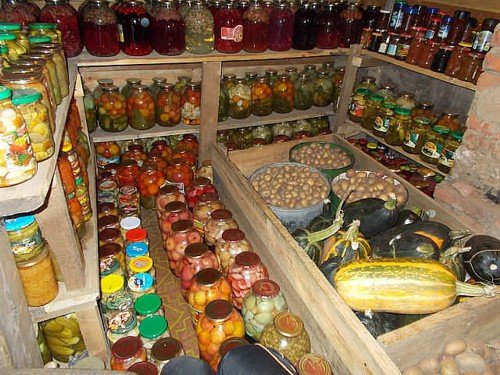
Here's how you can dry your basement naturally:
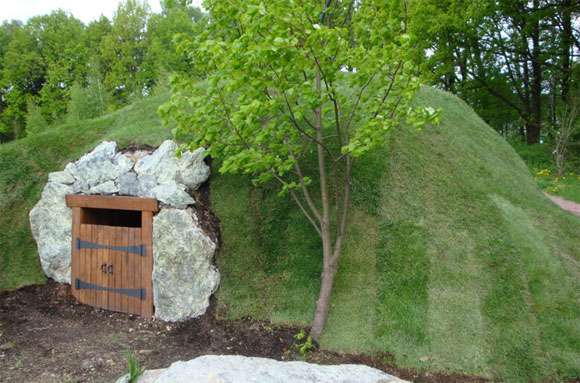

Attention! If earthen floors are used in the cellar, it is recommended to change their top layer annually. To do this, the soil infected with mold and fungus is cut off and taken out into the street. Instead of this layer, a layer of dry coarse-grained sand is poured onto the basement floor.
How to dry a cellar without ventilation
It happens that there is no exhaust ventilation in the cellars, or there is one, but it is faulty or the natural draft is not enough to ventilate the entire basement. It also happens that the weather in summer is rainy and cloudy, which contributes little to the quality drying of the cellar.
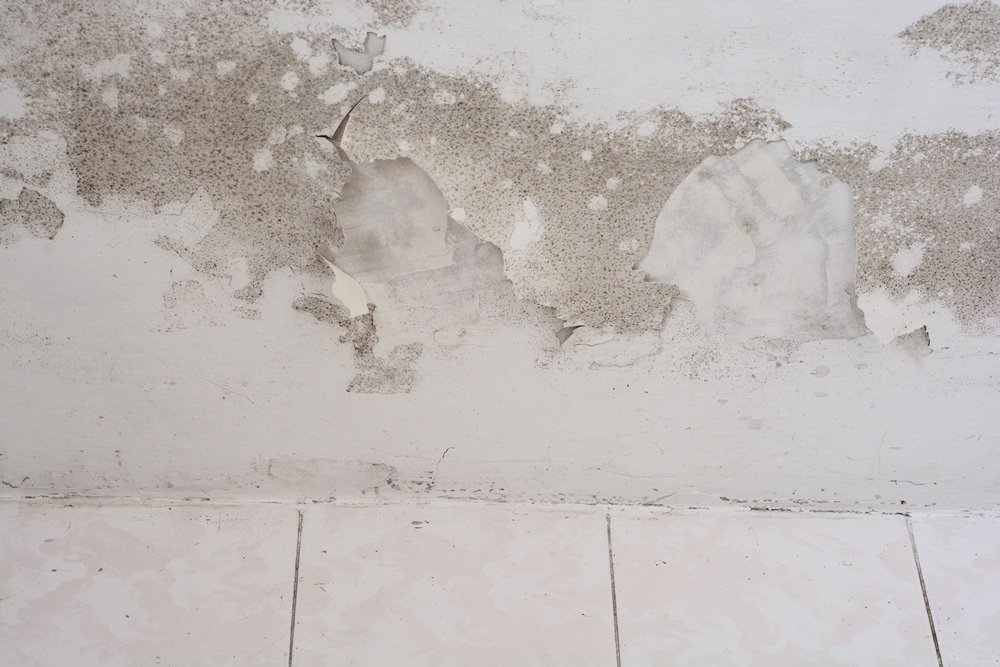
In such cases, additional drying of the cellar is needed, which is carried out by artificial methods. There are several such methods and each of them deserves special attention.
Drying the cellar with a brazier
An ordinary metal bucket can act as the most primitive brazier. You can take an old bucket with a holey bottom or no bottom at all. A galvanized basin or some kind of metal trough is also suitable.
The container for the brazier must have legs, about 10-15 cm high. You can also put a bucket in the basement on bricks or stones. In any case, it is necessary to ensure the flow of air from below, which will stimulate the spread of heat in the cellar.

Important! If the basement floors are made of wood, and there is no way to remove them, the drying method using a brazier is strictly prohibited - this is a fire hazard! Before drying, all wooden and other combustible structures and equipment must be removed from the cellar. If the entrance to the cellar is made in the form of a hatch, it is necessary to provide a way to lower the brazier inside. It can be a regular rope with a hook at the end.
A bucket is filled with coal or firewood and a fire is lit on the surface of the earth, and only after that the brazier is lowered into the cellar, using a rope and a hook. The same applies to throwing firewood or coals: first, the bucket is removed from the basement to the street and only after that fuel is added.
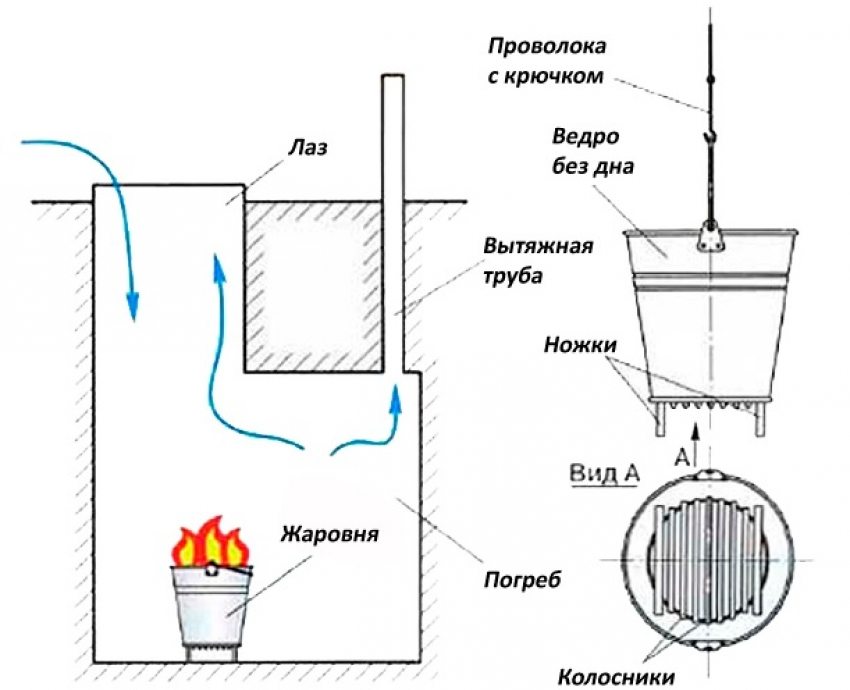
A person can only monitor the condition of the fire and maintain the flame. In order to dry the cellar qualitatively, the brazier should burn for 10-12 hours. Thanks to the lower draft, the heat will spread throughout the cellar, filling all corners of the room with smoke and hot air.
As a result of such drying, the cellar will not only get rid of moisture, but will also be disinfected - acrid smoke will destroy mold, fungi and insects. The brazier must be placed strictly in the center of the cellar so that the heat and smoke spread evenly.
Advice! It is recommended to use linden or birch firewood as fuel. This wood has disinfectant properties.
In no case should you enter the basement while the brazier is working there - a person can simply suffocate in such a room or be poisoned by carbon monoxide!
Drying the cellar with a candle
This method is very ancient, it was used hundreds of years ago. In order for drying by this method to be possible, the basement must be equipped with an exhaust pipe, which is usually located under the ceiling of the room.
The candle is placed in a tin can and installed directly near the ventilation of the cellar. Be sure to extend the main pipe by installing a metal corrugation or a tin pipe on it.
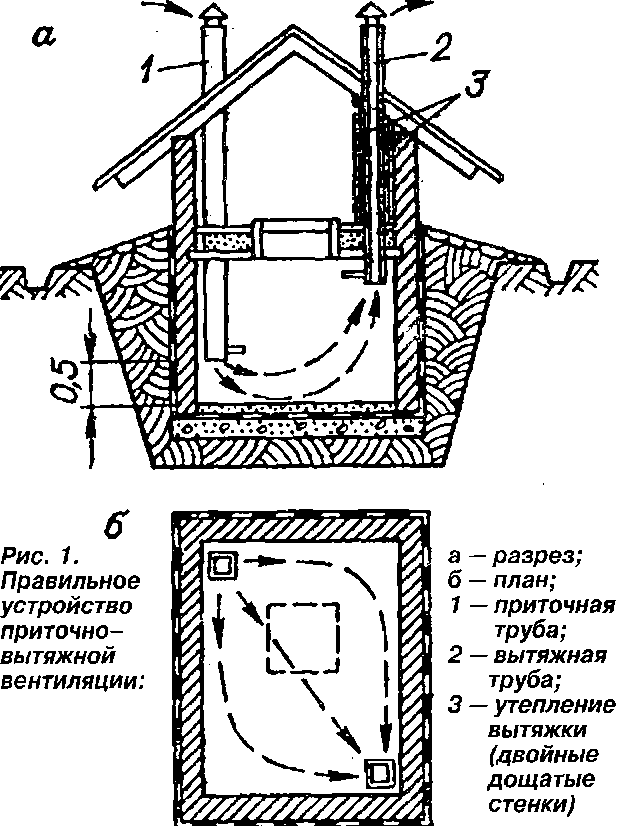
A small candle warms up the air at the pipe inlet, because of this it begins to circulate faster in the basement, the draft increases. As a result, the air temperature in the cellar does not rise, but natural ventilation increases - the walls and floor dry out much faster.
Cellar doors or hatch must be open when using this method!
Important! Instead of a regular candle, you can use dry fuel tablets. This substance, when burned, releases disinfectant gases, which will not be superfluous in the fight against mold and germs in the basement. To dry the cellar, you will need to burn 10-15 tablets.
Drying the cellar with electrical appliances
This method is quite expensive, since a lot of electricity is spent during the drying of the cellar. Two types of heaters can be used in the basement:
- Closed heaters, such as oil, infrared, convector. The appliance is placed in the center of the cellar and evenly heats the air in the room. It will take at least ten hours to completely dry the basement, sometimes the heaters in the basement must work for several days.
- The electric gun is designed to drain the premises after flooding, so it is perfect for seasonal drying of basements. This device is very powerful, the heat gun is able to dry the cellar in just a few hours, so the whole process will be cheaper than in the case of a household heater.
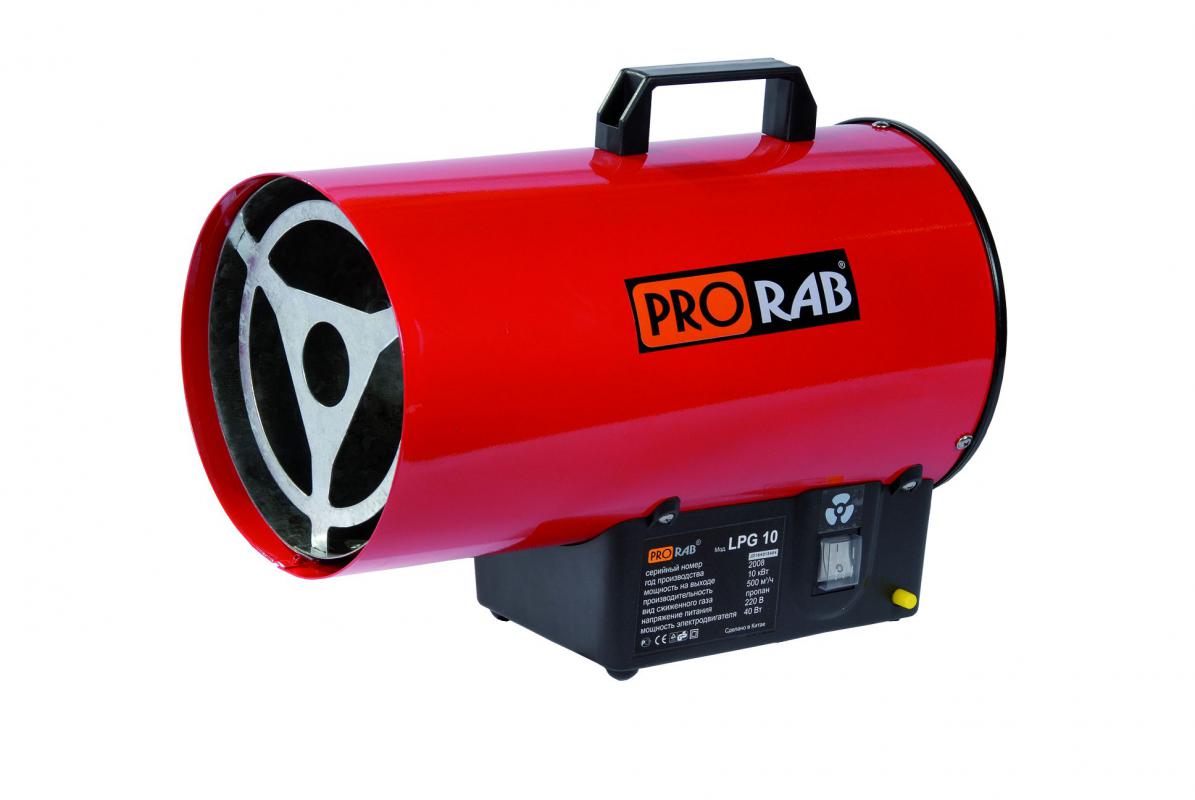
Attention! If the basement has dirt floors, you need to lay a rigid base for the electric heater on them.
Drying the cellar with a fan
Cellars are usually dried by opening the doors on warm and dry summer days. You can speed up the natural process by installing a fan in the middle of the stairs. A prerequisite for this method is the presence of an exhaust pipe in the basement, because the fan only accelerates the air, accelerating circulation.
Depending on the size of the cellar, it may take three to five days to completely dry with a fan.

Advice! Fan blades inserted directly into the basement ventilation pipe are very effective.
Using a potbelly stove in the basement
A potbelly stove is very effective in drying cellars. However, such a furnace is not found in every private household. Those who have a potbelly stove can dry their cellar very cheaply and quickly.
The potbelly stove is placed inside the basement so that its pipe fits the exhaust vent of the ventilation system. They heat the stove with wood or coal - it does not matter, the main thing is that the heat in the basement is sufficient.
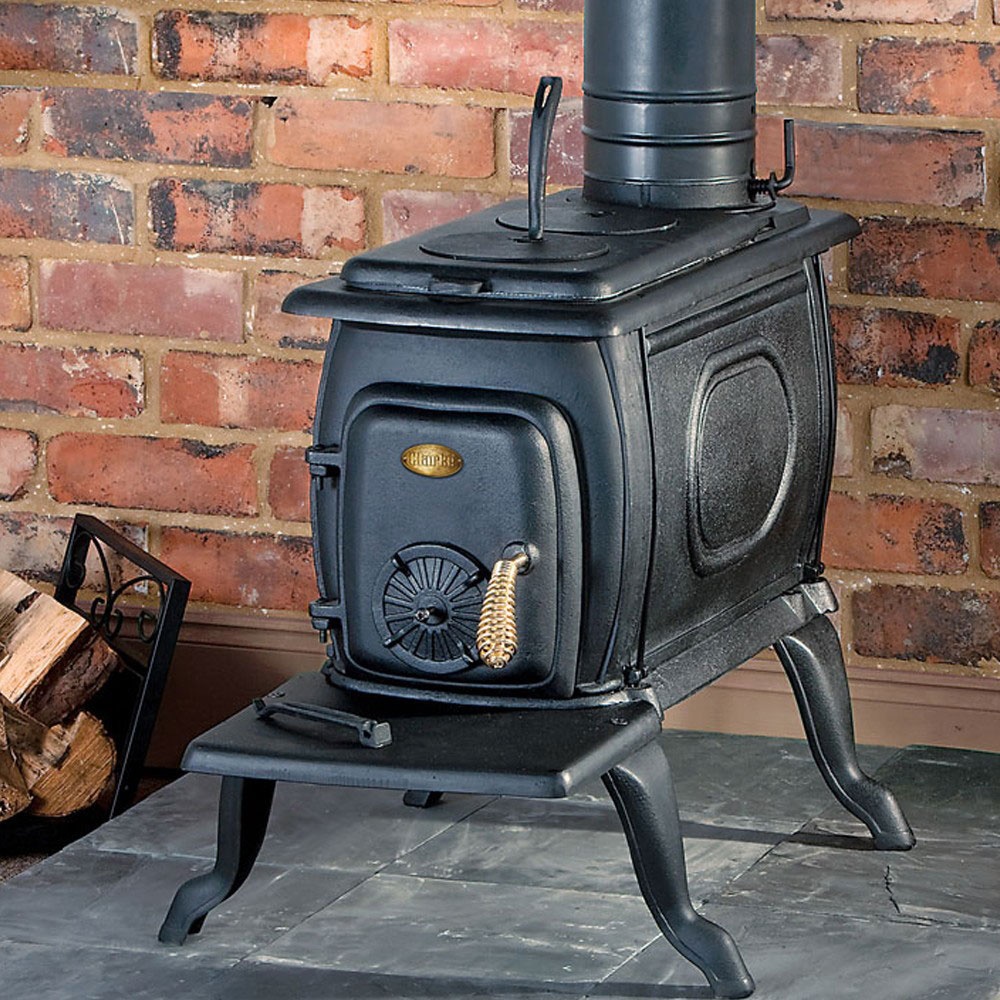
Hot smoke coming out of the potbelly stove chimney accelerates air circulation in the basement ventilation duct. Additionally, the heated walls of the furnace warm up the room, drying out mold and fungus, eliminating condensation and excess moisture from the basement.
The stove method is considered a fire hazard, so there should be no wooden objects or other flammable materials inside the basement at the time of drying. You can not use a potbelly stove in those cellars where the ventilation is made of plastic - the pipe will simply melt from the heat of the furnace.
What to do with the cellar after drying
At the end of the ventilation, dried shelves are installed, boxes and bins are brought into the basement, boxes and boxes for vegetables or fruits are placed inside the cellar.
In general, excess moisture in the basement should alert the owner: if condensation appears, the walls or floor get wet, it means that something was done wrong at the stage of building the cellar.

There are several ways to improve the waterproofing of an underground storage:
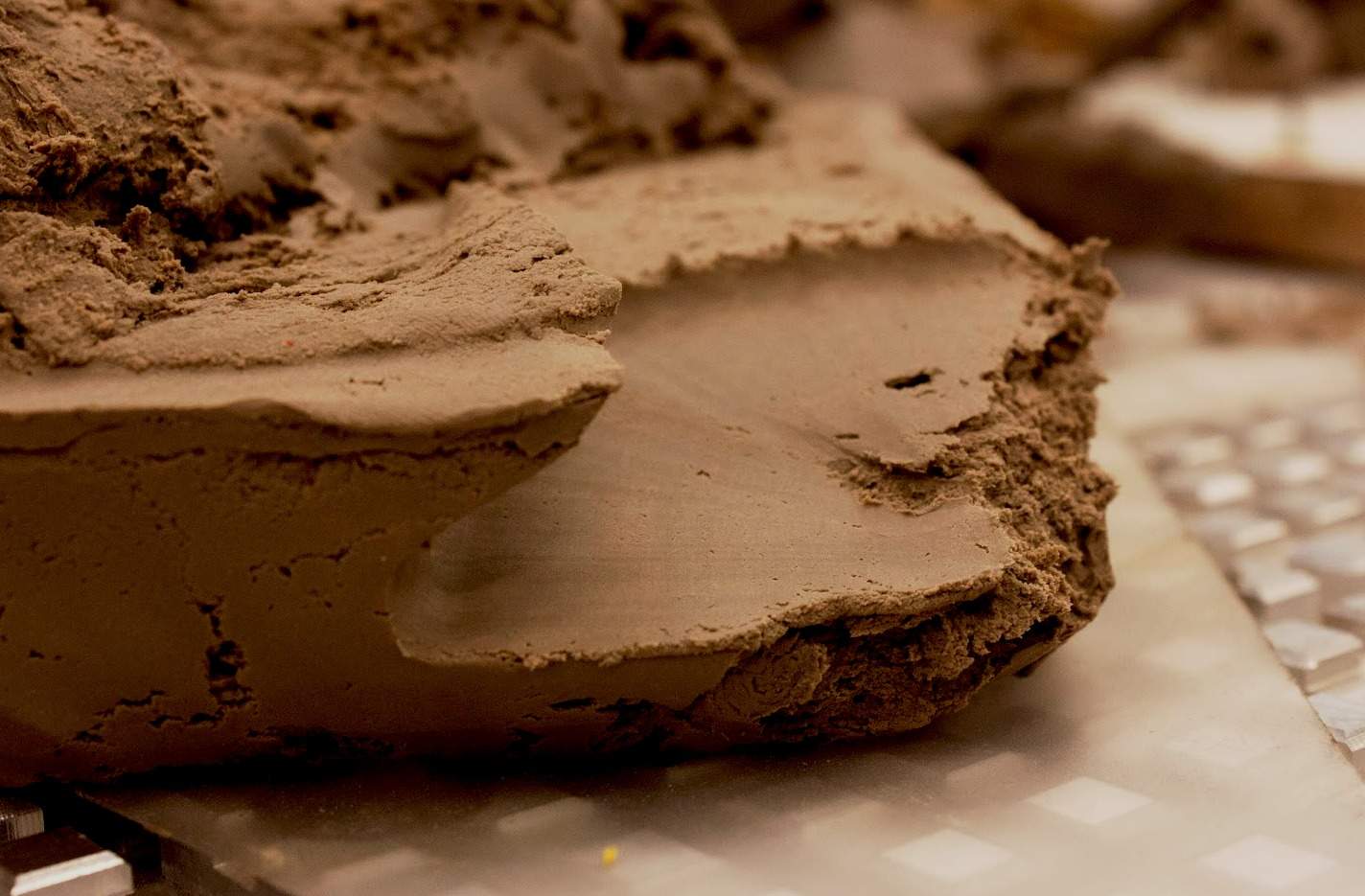
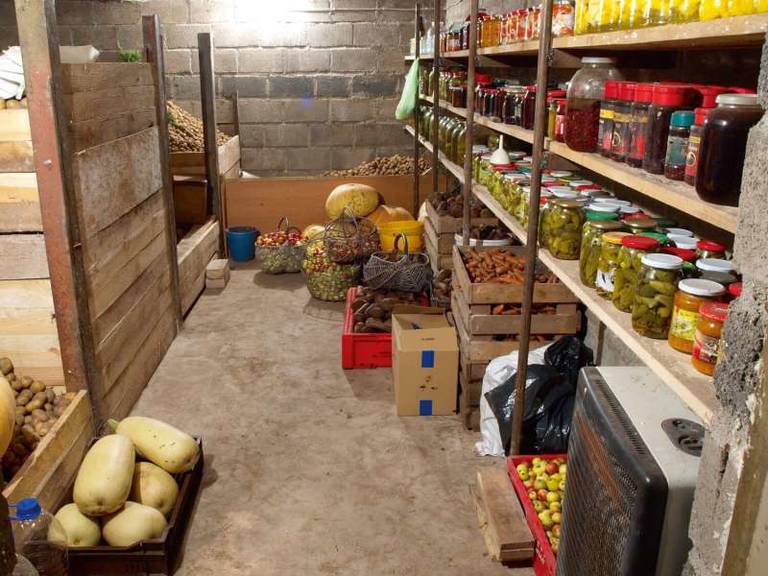
In a dry basement, mold does not spread, fungus does not settle here, there are no bacteria and harmful insects, so the products are perfectly stored, remaining tasty and healthy until the next season.
There are several methods for drying the basement, each owner can choose the one that is more convenient and expedient for him.
 Masonry mortars for brick kilns
Masonry mortars for brick kilns Why do the windows fog up in the apartment
Why do the windows fog up in the apartment Construction and schemes of brick ovens
Construction and schemes of brick ovens How to lay paving slabs: tips and tricks
How to lay paving slabs: tips and tricks How to drill bathroom tiles
How to drill bathroom tiles Monolithic slab on coarse soil
Monolithic slab on coarse soil Which electric heater is economical
Which electric heater is economical